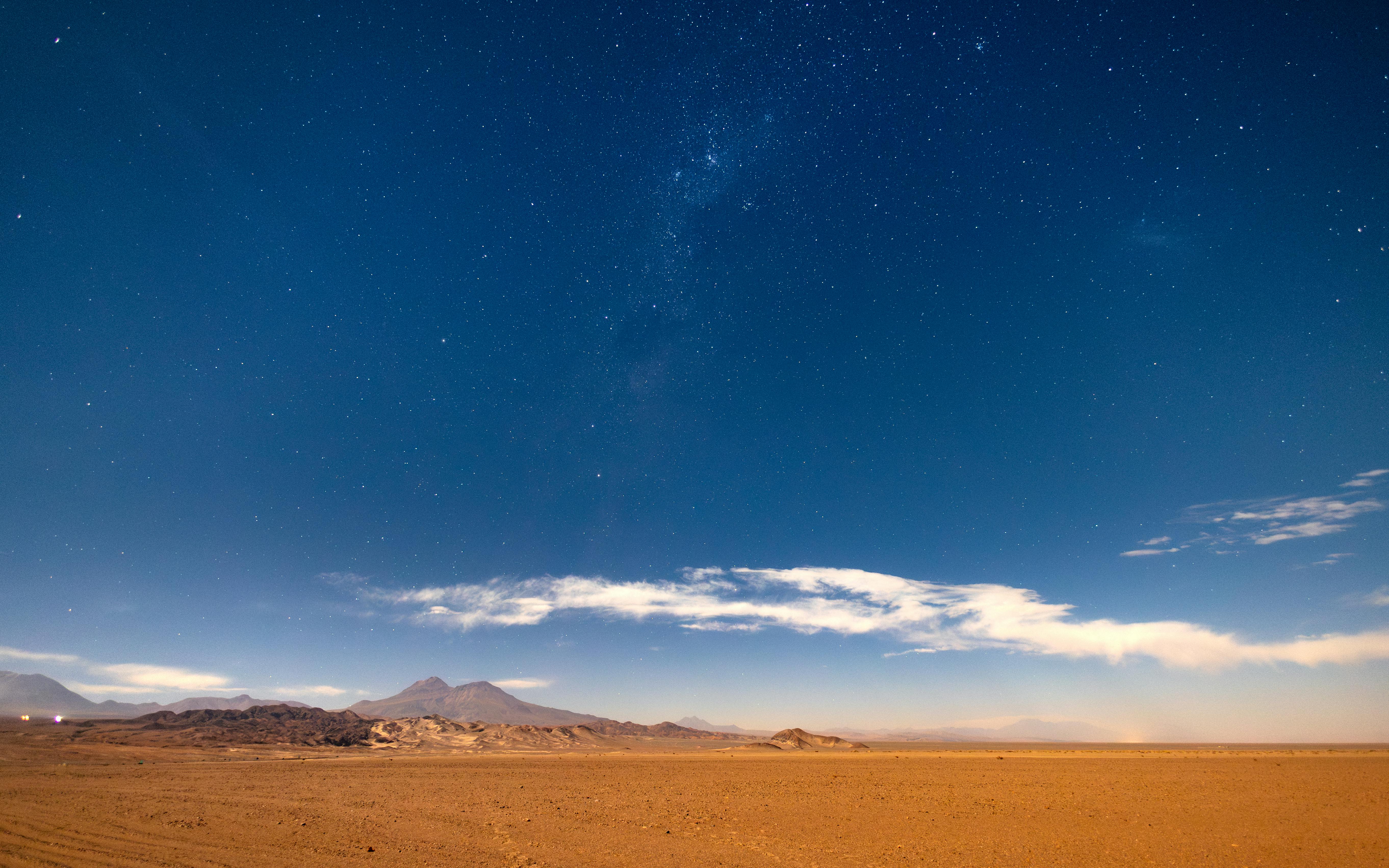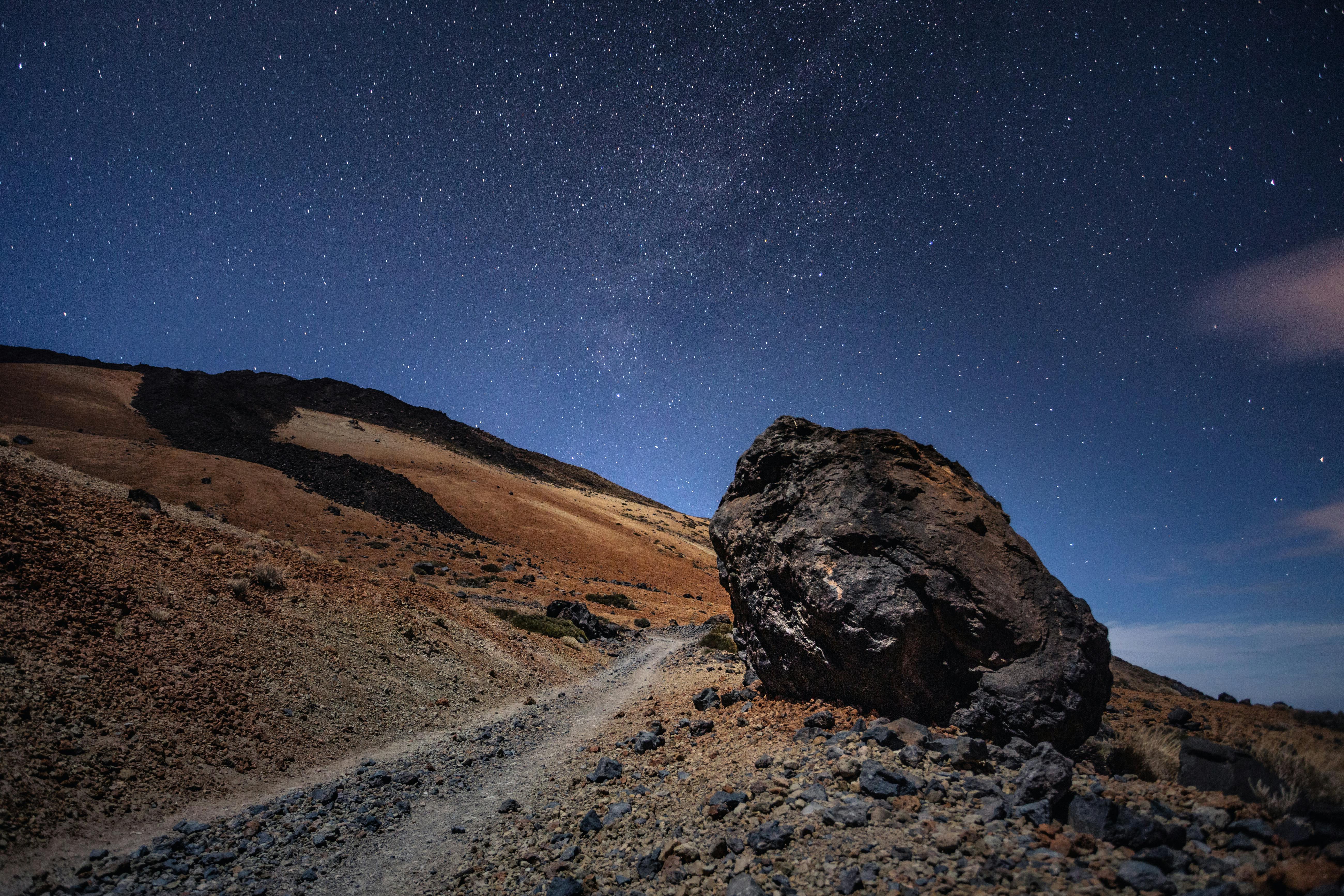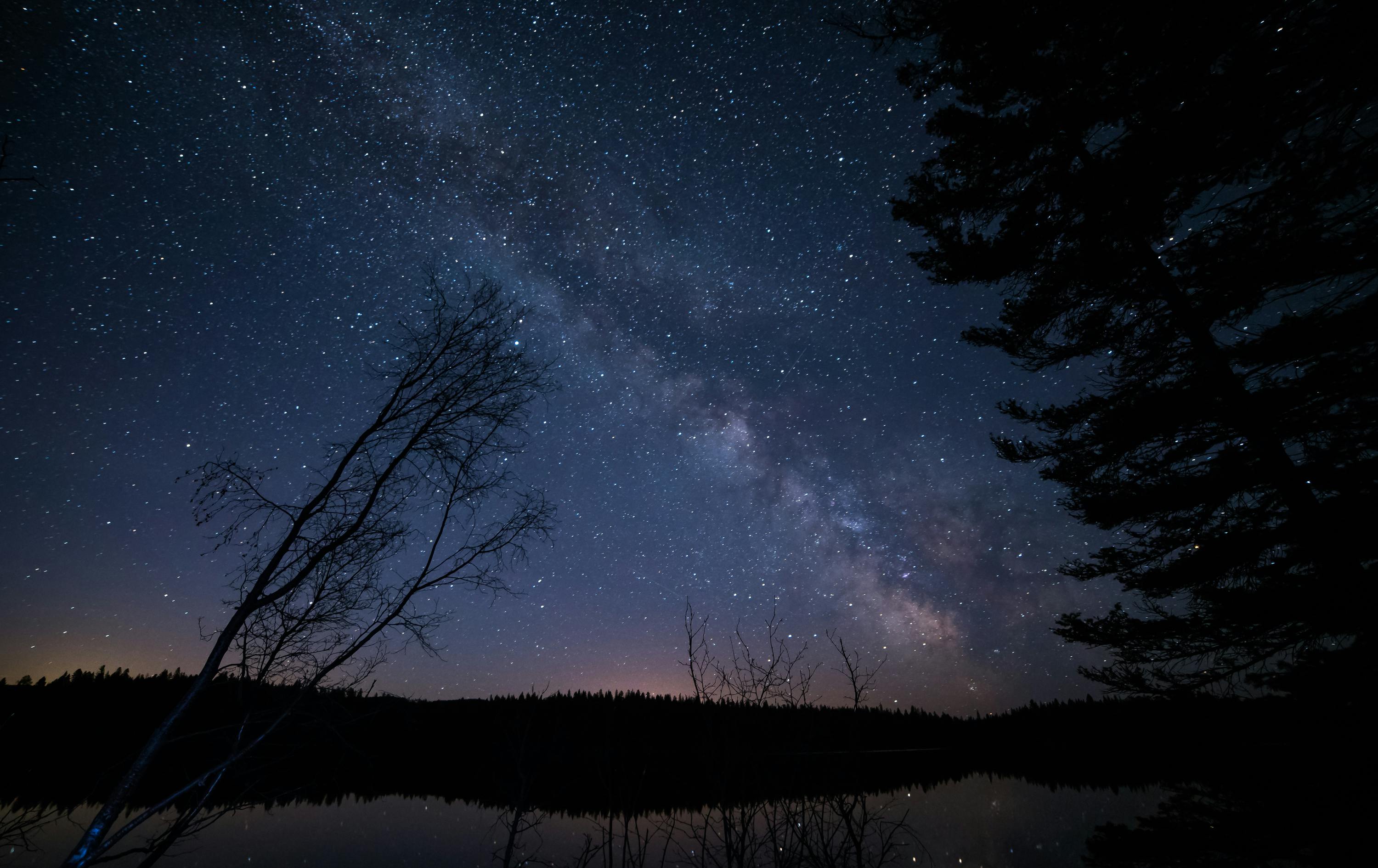City lights often wash out the stars, but in the right place, far from the noise and glow of urban life, the night sky puts on a show you won’t forget. Stargazing is about feeling small, amazed, and deeply connected to the universe.
From high-altitude deserts to remote islands, these eight spots offer some of the clearest, darkest skies on Earth. If you’re chasing constellations, shooting stars, or the Milky Way in all its glory, these are the places to go:
1. Aoraki Mackenzie Dark Sky Reserve, New Zealand
It is not just a stargazing destination; it’s a certified Dark Sky Reserve where the Milky Way often appears so bright it casts shadows. The area’s altitude, dry climate, and strict light pollution controls make it ideal for spotting constellations, planets, and even galaxies with the naked eye.
The reserve surrounds Lake Tekapo and Mount Cook, and tours at the Mount John Observatory let visitors use powerful telescopes guided by astronomers. Whether you’re standing by the turquoise waters of the lake or high on a hill, the southern sky delivers a spectacle night after night.
2. Atacama Desert, Chile

The Atacama is famous for being one of the driest places on Earth, and one of the clearest to observe the night sky. Thanks to its altitude, minimal humidity, and complete lack of light pollution, the stars here appear sharp and intense.
The desert sky is so consistently clear that major scientific observatories, including ALMA, are based here. Local tours around San Pedro de Atacama offer access to high-powered telescopes and expert guides.
Expect to see Saturn’s rings, Jupiter’s moons, and the Southern Cross with your own eyes. This isn’t just a stargazing destination; it’s where science, nature, and wonder meet.
3. Mauna Kea, Hawaii, USA
Rising nearly 14,000 feet above sea level, Mauna Kea is one of the premier stargazing sites on the planet. Its height places you above most of Earth’s atmosphere, giving you a view of the stars that’s as close to space as you can get without leaving the ground.
The observatories here are used by top astronomers worldwide. Visitors can stargaze from the visitor center or take guided tours higher up the mountain.
The Hawaiian sky offers incredible views of both the Northern and Southern Hemispheres. Just be aware of the altitude; it’s stunning, but you’ll want to go slowly and stay hydrated.
4. Namib Rand Nature Reserve, Namibia
Namib Rand offers a unique night sky, wild, raw, and ancient. As Africa’s first International Dark Sky Reserve, it’s about as remote as you can get, which means zero interference from artificial lights.
The stars here seem to ripple across the desert, with the Milky Way stretching uninterrupted from horizon to horizon. The contrast of red dunes and black sky is striking, and meteor showers here feel like full-blown light shows. It’s both humbling and unforgettable.
5. Salar de Uyuni, Bolivia
During the rainy season, Salar de Uyuni turns into a mirror that reflects the sky so perfectly it feels like you’re floating in space. Even in the dry season, the salt flats offer a flat, white expanse with no light pollution, making stargazing superb.
The altitude adds an extra layer of clarity to your view. The surreal beauty of the landscape only enhances the celestial show.
You might catch the Milky Way mirrored beneath your feet or see constellations framed by the Andes. It’s otherworldly in every sense and especially popular with photographers chasing that once-in-a-lifetime shot.
6. Tenerife – Mount Teide, Spain

Teide National Park, surrounding Spain’s highest mountain, is one of Europe’s top stargazing destinations. Recognized by UNESCO and the Starlight Foundation, the area is protected from light pollution and benefits from high altitude and clean air.
The skies above Teide are often used for astrophysical research, and they’re accessible to the public. You can take night tours that include telescopes and expert commentary, or just drive up yourself and enjoy the night sky in peace.
The experience of watching stars from a volcano, with clouds drifting far below, adds a dramatic edge to the usual stargazing scene.
7. Wadi Rum, Jordan
Wadi Rum’s nickname, the Valley of the Moon, is no exaggeration. Its vast desert floor, red rock formations, and total lack of light pollution make it a stunning place to watch the stars.
The silence of the desert enhances the experience; you’ll feel like you’re watching the sky from Mars. Stargazing here often includes local storytelling, as Bedouin guides weave astronomy with tradition.
The stars feel close enough to touch, especially during a quiet night spent in a traditional desert camp.
8. Mont-Mégantic, Canada

Home to the world’s first International Dark Sky Reserve, Mont-Mégantic is a peaceful, forested haven for stargazers. It’s ideal for those who want to combine astronomy with a gentle, natural setting.
The observatory offers public programs, and the park hosts seasonal stargazing festivals. Unlike desert or high-altitude sites, this one offers a cozier atmosphere, crisp air, pine trees, and an accessible path to the cosmos.
You’ll see constellations, planets, and meteor showers without needing to hike or drive for hours.
Stargazing in the right place can feel like stepping into another world. With no light pollution and wide-open skies, these destinations let you see the universe as our ancestors once did, vast, brilliant, and full of wonder.
Whether you’re an astronomy enthusiast or just looking for a quiet, awe-inspiring escape, these eight spots deliver unforgettable night skies.

